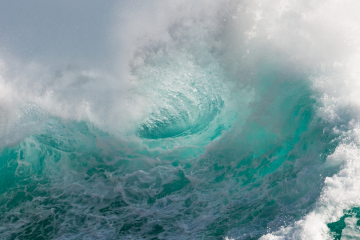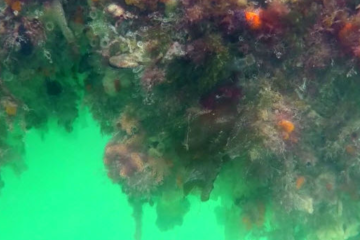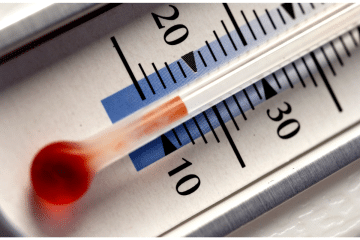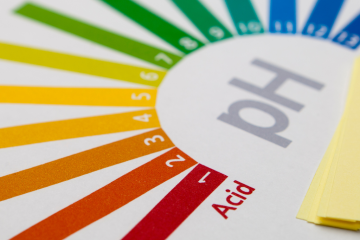Simplifying Ocean pH Sensing
Ocean Field Trial We deployed our pH sensor from a static research vessel in Oban, on the west coast of Scotland. Read the article published in Sea Technology for all the details of the trial and to see how our technology compared to a standard glass pH probe.
pH Monitoring in High Salinity
Background: Physical, chemical, biological, and geological marine and coastal research are crucial for understanding the world’s oceans. This research is ideally accomplished through continuous long-term monitoring to understand the characteristics and processes in the marine environment. The average salinity of the world’s oceans is 34-36 ppt with many oceanographic-based sensors Read more…
Biofouling Resistance
The Problem: The measurement of pH in the ocean is extremely important and indispensable in providing an understanding of the ocean’s health. Biofouling has long been considered a limiting factor for oceanographic studies and has been recognized as one of the main obstacles to autonomous environmental monitoring in coastal and Read more…
Glass Electrode Reference Drift
Experiment: 8 glass pH probes were calibrated in a pH 7 buffer and then placed in a freshwater testing solution to monitor pH. Once a week they were removed from the testing solution and placed back into pH 7 buffer where any drift from pH 7 was noted. The probes Read more…
Temperature Validation
Introduction: Every ANB transducer contains a built-in thermistor for temperature monitoring, which plays a crucial role in our internal algorithms for calculating pH. Since pH measurement requires a temperature accuracy of just ±0.2°C, our sensors are designed to meet this precision reliably. Aim: To assess the accuracy and reproducibility of our thermistors, Read more…
pH Validation
Accuracy To ensure the pH accuracy each sensor undergoes a performance check against a calibrated glass probe. In the example below an AQ5 sensor was placed in a seawater tank with a salinity of 35 ppt, acidified to pH 4.35, and the pH was varied through controlled additions of NaOH Read more…






